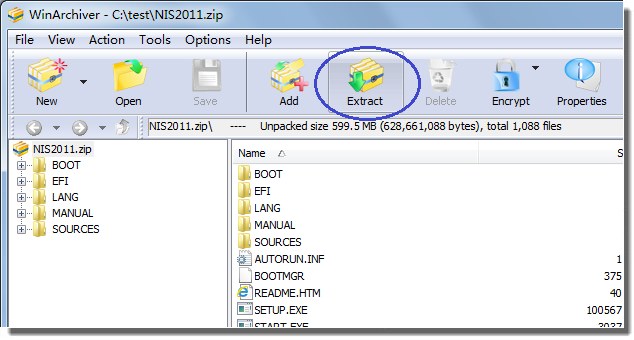
These documents, known as “7z” or “7-Zip files,” are files of at least one record in a single compacted package. In the event that you’ve run over a file that ends in “.7z”, you’re presumably asking why you can’t open it. bz2 extraction.7z is a compressed archive file format that supports much distinct information pressure, encryption and pre-processing algorithms. TarTool 2.0 Beta supports bzip2 files such as tar.bz2 and.

Its hosted on codeplex tartool, complete with the source code. tar.bz2 file 7-Zip will automatically start.Ī simple windows command line tool (no install, just unzip) Instead of using 7-Zip on the command line, you can use the file manager and click on a. Type 7z x filename.tar at the command prompt (where filename.tar is the name of the tar file).This results in a tar file called filename.tar If the tar file is compressed, type 7z x at the command prompt (where is the name of the compressed tar file).Open a command prompt, and cd to the directory.Move the tar file to the directory you wish to unpack into (usually the tar file will put everything into a directory inside this directory).Add the directory you installed 7-Zip into to your path (Start -> Control Panel -> System -> Advanced -> Environment Variables).If you do not want to use 7-Zip as a command line tool, skip the next steps. 7-Zip can also be used to unpack many other formats and to create tar files (amongst others).

Try tar -help or see the tar man page for more information.Īnother option is to install 7-Zip, which has a nice graphical user interface. If you have MinGW/MSYS or Cygwin installed, you can use the tar command to unpack such files: There are several ways to unpack these files. tar extension they can also be compressed, the extension is. Source code is often packed for download as a TAR (Tape ARchive) file, that is a standard format in the Unix/Linux world.


 0 kommentar(er)
0 kommentar(er)
